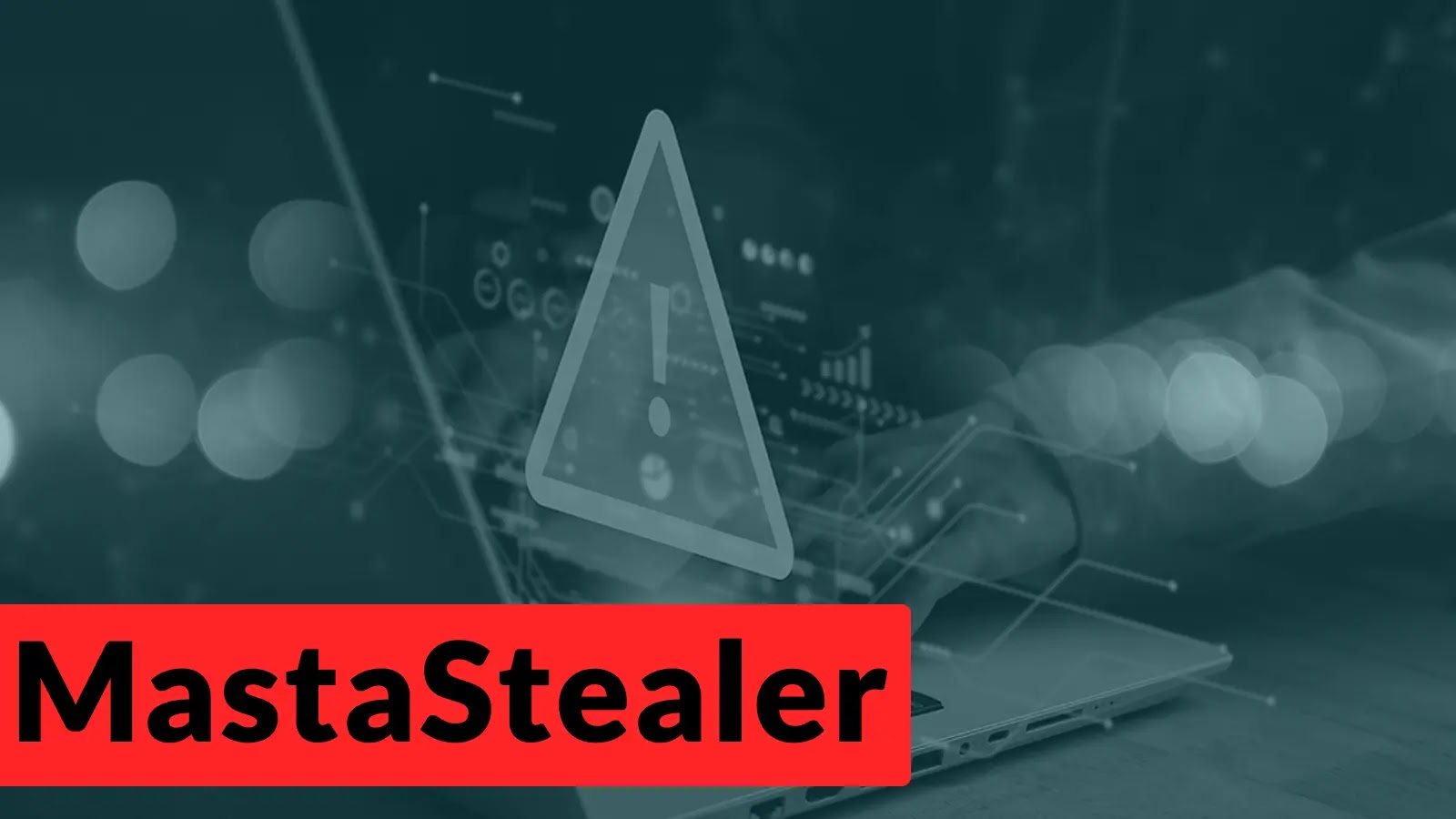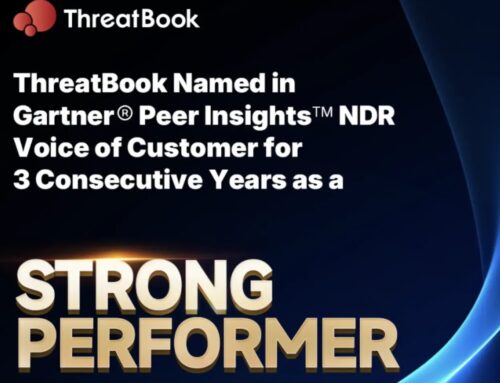
MastaStealer Weaponizes Windows LNK Files, Executes PowerShell Command, and Evades Defender
In the constant chess match between cyber defenders and attackers, new strategies emerge daily. A recent and concerning development involves MastaStealer, an information-stealing malware, now weaponizing a seemingly innocuous Windows feature: LNK files. This sophisticated campaign not only delivers its payload effectively but also demonstrates an alarming capability to evade detection by robust security solutions like Windows Defender. For IT professionals, security analysts, and developers, understanding this vector is paramount for bolstering organizational defenses.
MastaStealer’s Initial Attack Vector: Spear-phishing and LNK Files
The MastaStealer campaign begins with targeted spear-phishing emails. These emails are crafted to lure recipients into opening attached ZIP archives. The critical element within these archives isn’t an executable or a macro-laden document, but a single, carefully constructed Windows LNK (shortcut) file. This seemingly benign file is the initial access point for a multi-stage infection process.
Upon clicking the malicious LNK file, the victim inadvertently triggers a chain of events. The immediate user experience often involves an unexpected action, such as Microsoft Edge launching and simultaneously navigating to the legitimate AnyDesk website. This misdirection serves a dual purpose: to create a sense of normalcy and to mask the malicious script executing in the background.
The Malicious Payload: PowerShell Execution and Evasion Techniques
The LNK file is not merely a shortcut; it’s a dropper. When activated, it executes a complex PowerShell command. PowerShell, a powerful command-line shell and scripting language, is frequently abused by attackers due to its native presence on Windows systems and its ability to perform advanced system operations. In this MastaStealer campaign, the PowerShell script is responsible for:
- Downloading additional malicious components from attacker-controlled infrastructure.
- Establishing persistence mechanisms to ensure the malware survives system reboots.
- Communicating with C2 (Command and Control) servers to exfiltrate stolen data or receive further instructions.
A particularly concerning aspect of this campaign is its ability to bypass Windows Defender. While the specifics of the evasion techniques are continuously evolving, they often involve obfuscating the PowerShell script, using fileless execution techniques, or leveraging legitimate system processes to hide malicious activity. This highlights the ongoing challenge of signature-based detection and emphasizes the need for behavioral analysis and advanced threat intelligence.
Understanding LNK File Abuse
Windows LNK files, by design, are shortcuts to applications, files, or web pages. However, their properties can be manipulated to execute arbitrary commands, including scripts or executables, often with hidden parameters. This flexibility makes them an attractive vector for threat actors. When an LNK file is opened, the operating system executes the command specified in its target path, which can be a direct path to an executable or a command-line interpreter like cmd.exe or powershell.exe executing a crafted script.
Remediation Actions for MastaStealer and LNK File Threats
Mitigating the threat posed by MastaStealer and similar LNK-based attacks requires a multi-layered approach encompassing user education, technical controls, and proactive monitoring.
- User Education: Conduct regular security awareness training emphasizing the dangers of suspicious emails, unsolicited attachments, and links, particularly those in ZIP archives claiming to be shortcuts. Teach users to scrutinize file extensions (even if hidden by default) and to be wary of unexpected application launches.
- Email Filtering: Implement robust email security gateways that can identify and quarantine emails containing suspicious attachments, especially ZIP files containing LNK files or other potentially malicious file types.
- Endpoint Detection and Response (EDR): Deploy and configure EDR solutions to monitor for anomalous process execution, PowerShell activity, and file modifications indicative of an LNK exploitation. EDRs can detect behavioral patterns that traditional antivirus might miss.
- Disable PowerShell Script Execution (if feasible): For environments where PowerShell is not frequently used by standard users, consider implementing PowerShell Constrained Language Mode or Group Policies to restrict its capabilities.
- File Extension Visibility: Ensure that “Hide extensions for known file types” is disabled in Windows Explorer, making it easier for users to identify potential masqueraded files like
document.pdf.lnk. - Application Whitelisting: Implement application whitelisting solutions to prevent unauthorized executables and scripts, including malicious PowerShell scripts, from running on endpoints.
- Principle of Least Privilege: Enforce the principle of least privilege, ensuring users only have the necessary permissions to perform their job functions. This limits the potential damage if an account is compromised.
- Regular Backups: Maintain a robust backup strategy, regularly backing up critical data to an isolated location to ensure recovery in case of a successful data theft or ransomware attack.
Relevant Tools for Detection and Mitigation
| Tool Name | Purpose | Link |
|---|---|---|
| Microsoft Defender for Endpoint | Advanced EDR capabilities, behavioral analysis, and threat intelligence integration. | Microsoft Defender for Endpoint |
| PowerShell Logging | Enhances visibility into PowerShell activity, including script block logging and module logging. | PowerShell Logging |
| Sysinternals Process Monitor | Monitors real-time file system, Registry, and process/thread activity on Windows. Helpful for analyzing LNK execution. | Sysinternals Process Monitor |
| Email Security Gateway (e.g., Proofpoint, Mimecast) | Filters malicious emails, identifies suspicious attachments, and prevents phishing attacks. | (Provider specific links) |
Conclusion
The MastaStealer campaign leveraging LNK files exemplifies the enduring ingenuity of threat actors. By weaponizing common Windows features and employing multi-stage infections and evasion tactics, these attacks pose a significant risk to organizations. A proactive and defense-in-depth security posture, combining vigilant user education with advanced technical controls like EDR and robust email security, is essential to counter such sophisticated threats and protect sensitive information from infostealers.





